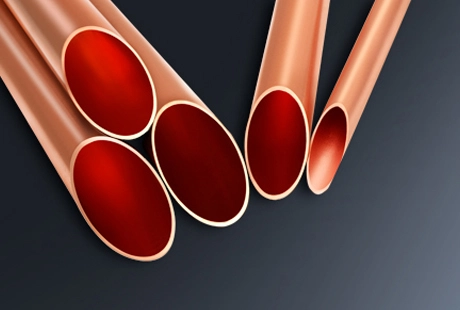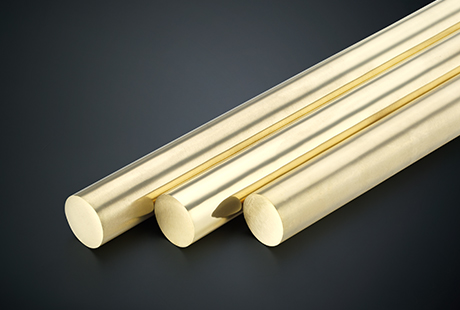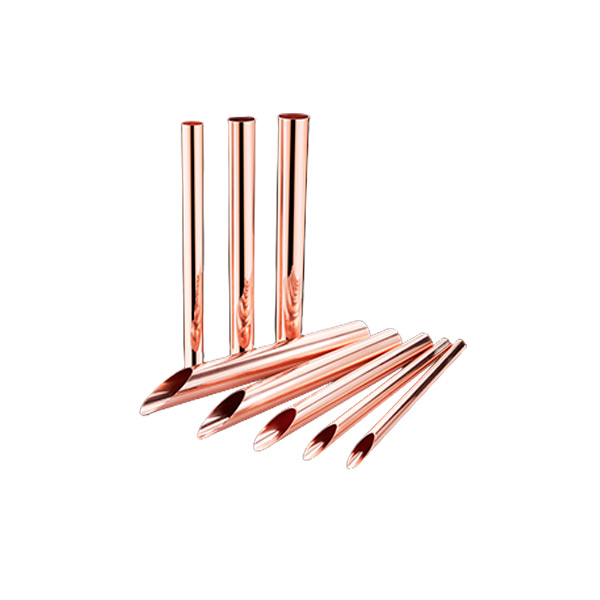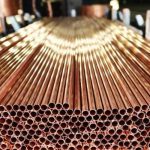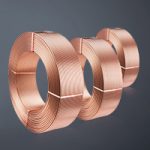Brass, a widely used copper alloy, is known for its diverse applications. One significant variant of brass is leaded brass, which is extensively utilized in various industries. Leaded brass is primarily manufactured by adding a small amount of lead to a copper-zinc alloy, with lead content typically ranging between 2% and 4%.
The variety of leaded brass is extensive, as indicated in the table below:
| China GB | International Standard ISO | U.S. ASTM | Japan JIS | Germany DIN | UK BS | France NF |
| HPb89-2 | - | C31400 | - | - | - | - |
| HPb66-0.5 | - | C33000 | - | - | - | - |
| HPb63-3 | - | C35600 | C3560 | CuZn36Pb3 | - | - |
| HPb63-0.1 | - | - | - | CuZn37Pb0.5 | - | - |
| HPb62-0.8 | - | - | - | - | - | - |
| HPb62-3 | - | C36000 | C3601 | CuZn36Pb3 | CZ124 | CuZn36Pb3 |
| HPb62-2 | - | C35300 | - | CuZn38Pb1.5 | CZ131 | CuZn35Pb2 |
| HPb61-1 | - | C37100 | C3710 | CuZn39Pb0.5 | CZ129 | CuZn40Pb |
| HPb59-3 | - | C38500 | C3561 | CuZn39Pb3 | CZ120 | CuZn40Pb3 |
| HPb59-1 | - | C37710 | C3713 | CuZn40Pb2 | CZ129 | CuZn39Pb1.7 |
Common Leaded Brass Grades
Leaded brass possesses excellent machining performance, wear resistance, and high strength, making it ideal for various mechanical engineering applications, including connectors, valves, and valve stem bearings. The three major markets for leaded brass include hot forging valve blanks, lock manufacturing, and the watch industry. Leaded brass is cost-effective, as its alloy composition can accommodate multiple alloying elements with relatively lax content requirements, laying the foundation for the comprehensive utilization of copper alloy raw materials. However, the presence of lead, which has certain toxicity, places limitations on the environmental and health aspects of leaded brass.
Lead-free environmental copper is not entirely devoid of lead but refers to a significantly low lead content. In accordance with international environmental protection requirements, lead-free copper is gradually replacing leaded brass, particularly in applications where forging performance and cutting performance are essential.
Widely applied in industries such as electronics, automotive components, plumbing fixtures, valves, watches, electrical appliances, locks, medical equipment, and children's toys, lead-free environmental copper adheres to specific standards regarding lead content in various brass applications:
Electronics and Automotive Components: Copper alloy lead (Pb) content is typically less than 0.4%.
Plumbing Fixtures and Various Valves: Copper alloy lead (Pb) content is generally less than 0.25%.
U.S. Copper Industry Association: Copper alloy lead (Pb) content is usually less than 0.09%.
U.S. Electronic Industry: Copper alloy lead (Pb) content is typically less than 0.01%.
Let's summarize the core differences between lead-free brass and leaded brass:
Composition Differences:
Lead-free brass generally includes elements such as copper, zinc, nickel, and tin, with varying proportions leading to different properties. Lead content is typically less than 0.5%.
Leaded brass is an alloy of copper mixed with a certain proportion of zinc and lead, with lead content usually ranging between 2% and 4%.
Environmental Performance Differences:
Corrosion Resistance Differences:
Lead-free brass exhibits better oxidation resistance and corrosion resistance compared to leaded brass. In specific working environments, such as areas with poor water quality, components made from lead-free brass, such as pipes and valves, are more suitable.
Machining Performance Differences:
Leaded brass has excellent machining performance, is easy to cast, and can be processed into shape through methods like extrusion and stamping.
Although lead-free brass has higher strength and hardness, its manufacturing cost is typically higher than that of leaded brass.
Application Areas:
Lead-free brass finds extensive use in environmentally sensitive areas such as drinking water systems, hot water systems, air conditioning equipment, and children's toys.
Leaded brass is commonly used in applications like locks, radios, electrical components, and automotive manufacturing. With the growing emphasis on environmental awareness, many countries have even prohibited the use of leaded brass in the production of drinking water systems and hot water systems.
In summary, the core differences between lead-free brass and leaded brass lie in their compositions, environmental performance, corrosion resistance, and machining performance. Lead-free brass demonstrates better environmental performance, while leaded brass exhibits superior machining performance. When choosing brass products, the selection should be based on the desired functionality and the environmental conditions of use.
Ningbo Jintian Copper (Group) Co., Ltd. is a professional manufacturing enterprise specializing in the processing of copper alloy materials. With over three decades of experience in processing various copper alloy materials, including but not limited to brass, red copper, bronze and other complex alloys. For any related product requirements, feel free to contact Jintian Copper at the following telephone number: 0574-83005999.

 English
English 한국어
한국어 français
français Deutsch
Deutsch Español
Español italiano
italiano العربية
العربية tiếng việt
tiếng việt Türkçe
Türkçe ไทย
ไทย 中文
中文
